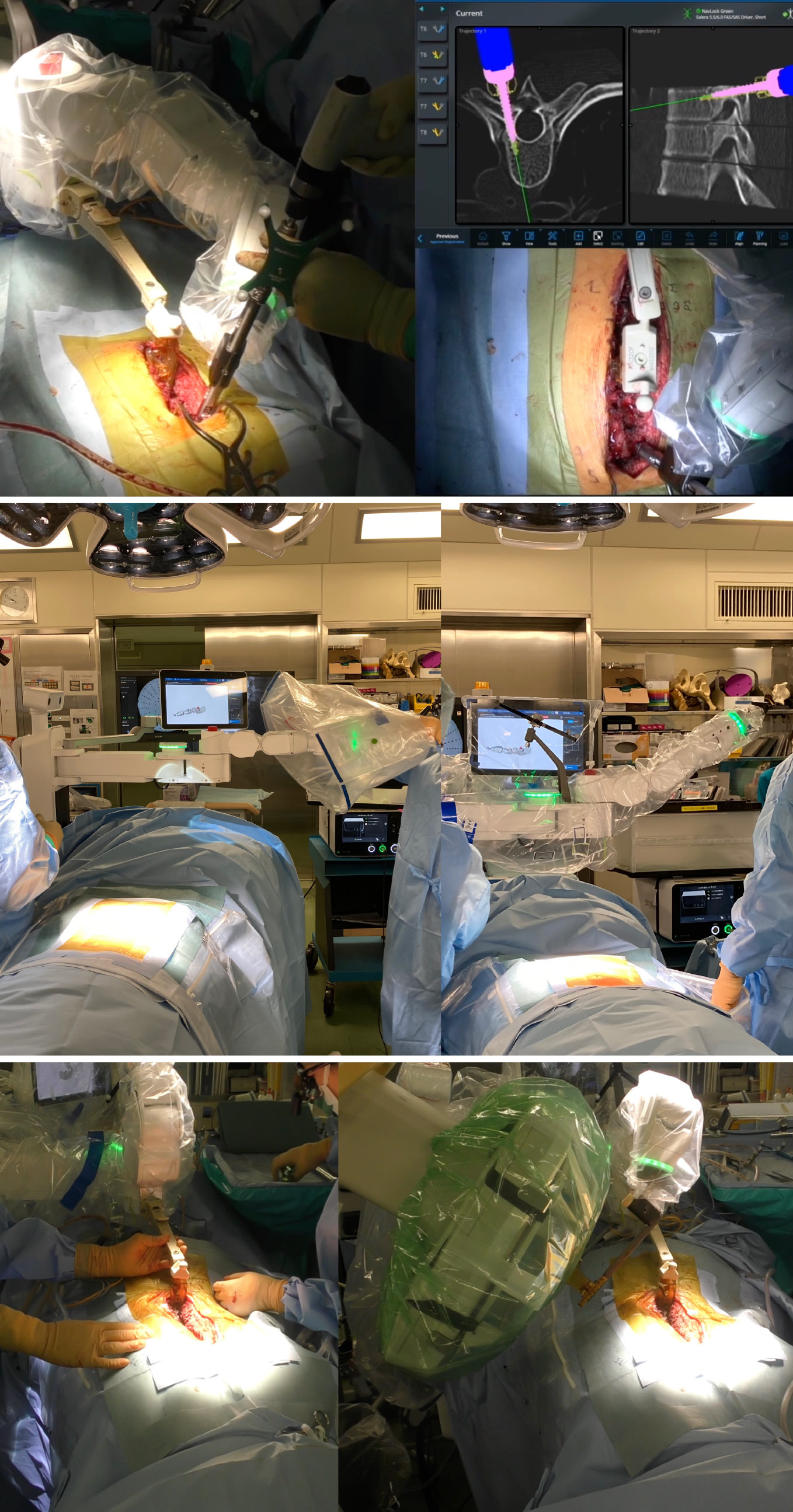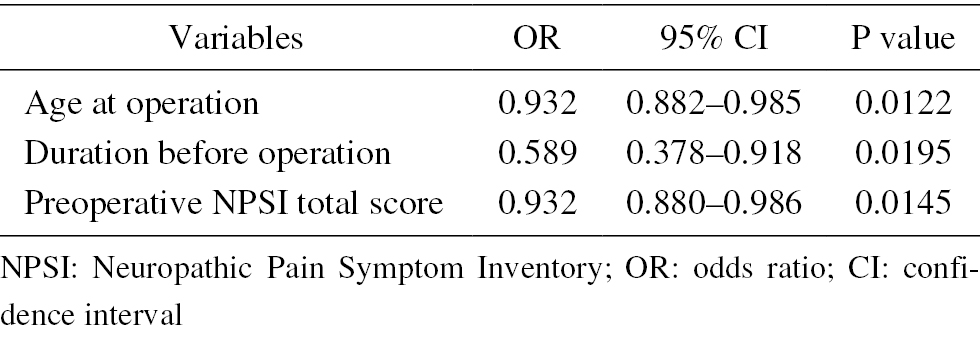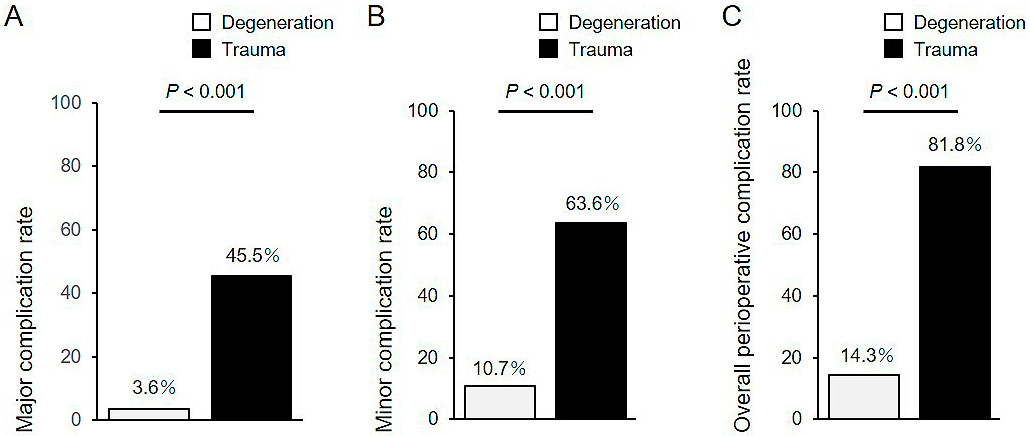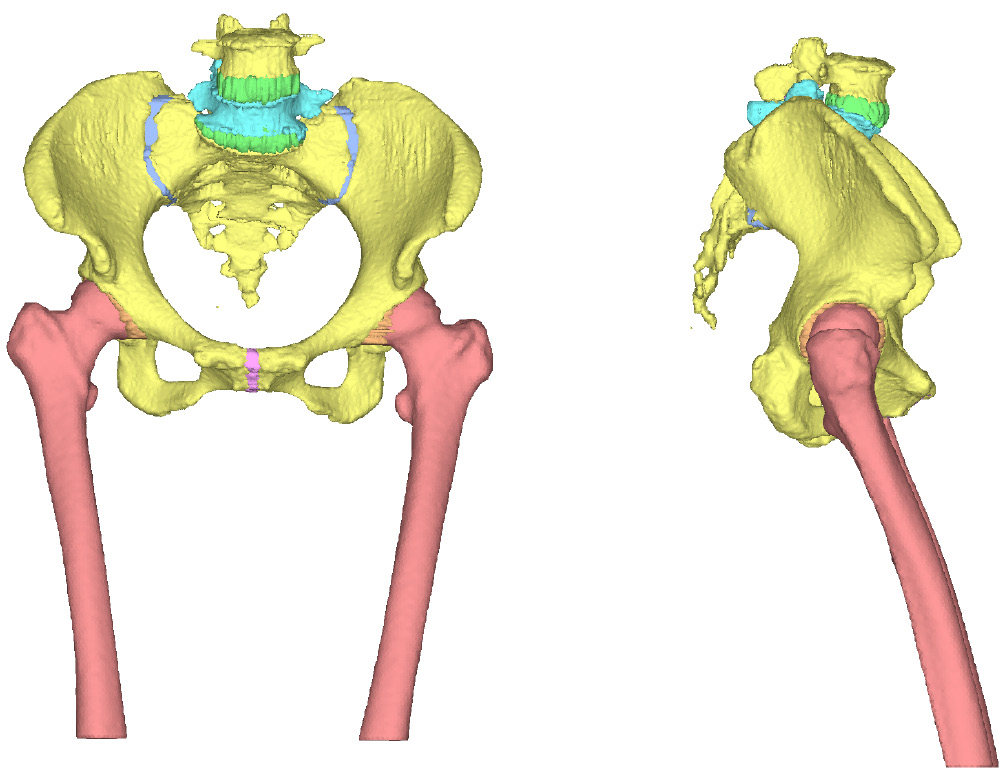Volume 6, Issue 6
Displaying 1-21 of 21 articles from this issue
- |<
- <
- 1
- >
- >|
ORIGINAL ARTICLE
-
2022Volume 6Issue 6 Pages 581-588
Published: November 27, 2022
Released on J-STAGE: November 27, 2022
Advance online publication: May 10, 2022Download PDF (468K) -
2022Volume 6Issue 6 Pages 589-595
Published: November 27, 2022
Released on J-STAGE: November 27, 2022
Advance online publication: June 28, 2022Download PDF (571K) -
2022Volume 6Issue 6 Pages 596-603
Published: November 27, 2022
Released on J-STAGE: November 27, 2022
Advance online publication: April 12, 2022Download PDF (373K) -
2022Volume 6Issue 6 Pages 604-609
Published: November 27, 2022
Released on J-STAGE: November 27, 2022
Advance online publication: April 12, 2022Download PDF (196K) -
2022Volume 6Issue 6 Pages 610-616
Published: November 27, 2022
Released on J-STAGE: November 27, 2022
Advance online publication: April 12, 2022Download PDF (252K) -
2022Volume 6Issue 6 Pages 617-624
Published: November 27, 2022
Released on J-STAGE: November 27, 2022
Advance online publication: June 13, 2022Download PDF (545K) -
2022Volume 6Issue 6 Pages 625-630
Published: November 27, 2022
Released on J-STAGE: November 27, 2022
Advance online publication: June 13, 2022Download PDF (559K) -
2022Volume 6Issue 6 Pages 631-637
Published: November 27, 2022
Released on J-STAGE: November 27, 2022
Advance online publication: June 13, 2022Download PDF (197K) -
2022Volume 6Issue 6 Pages 638-644
Published: November 27, 2022
Released on J-STAGE: November 27, 2022
Advance online publication: June 13, 2022Download PDF (134K) -
2022Volume 6Issue 6 Pages 645-653
Published: November 27, 2022
Released on J-STAGE: November 27, 2022
Advance online publication: June 28, 2022Download PDF (269K) -
2022Volume 6Issue 6 Pages 654-663
Published: November 27, 2022
Released on J-STAGE: November 27, 2022
Advance online publication: April 12, 2022Download PDF (1335K) -
2022Volume 6Issue 6 Pages 664-670
Published: November 27, 2022
Released on J-STAGE: November 27, 2022
Advance online publication: June 13, 2022Download PDF (481K) -
2022Volume 6Issue 6 Pages 671-680
Published: November 27, 2022
Released on J-STAGE: November 27, 2022
Advance online publication: April 12, 2022Download PDF (474K) -
2022Volume 6Issue 6 Pages 681-688
Published: November 27, 2022
Released on J-STAGE: November 27, 2022
Advance online publication: April 12, 2022Download PDF (480K) -
2022Volume 6Issue 6 Pages 689-695
Published: November 27, 2022
Released on J-STAGE: November 27, 2022
Advance online publication: October 13, 2022Download PDF (464K) -
2022Volume 6Issue 6 Pages 696-703
Published: November 27, 2022
Released on J-STAGE: November 27, 2022
Advance online publication: June 28, 2022Download PDF (192K) -
2022Volume 6Issue 6 Pages 704-710
Published: November 27, 2022
Released on J-STAGE: November 27, 2022
Advance online publication: June 28, 2022Download PDF (390K)
TECHNICAL NOTE
-
2022Volume 6Issue 6 Pages 711-716
Published: November 27, 2022
Released on J-STAGE: November 27, 2022
Advance online publication: May 10, 2022Download PDF (357K)
CLINICAL CORRESPONDENCE
-
2022Volume 6Issue 6 Pages 717-720
Published: November 27, 2022
Released on J-STAGE: November 27, 2022
Advance online publication: April 12, 2022Download PDF (885K) -
2022Volume 6Issue 6 Pages 721-724
Published: November 27, 2022
Released on J-STAGE: November 27, 2022
Advance online publication: June 13, 2022Download PDF (751K) -
2022Volume 6Issue 6 Pages 725-728
Published: November 27, 2022
Released on J-STAGE: November 27, 2022
Advance online publication: June 28, 2022Download PDF (333K)
- |<
- <
- 1
- >
- >|





















